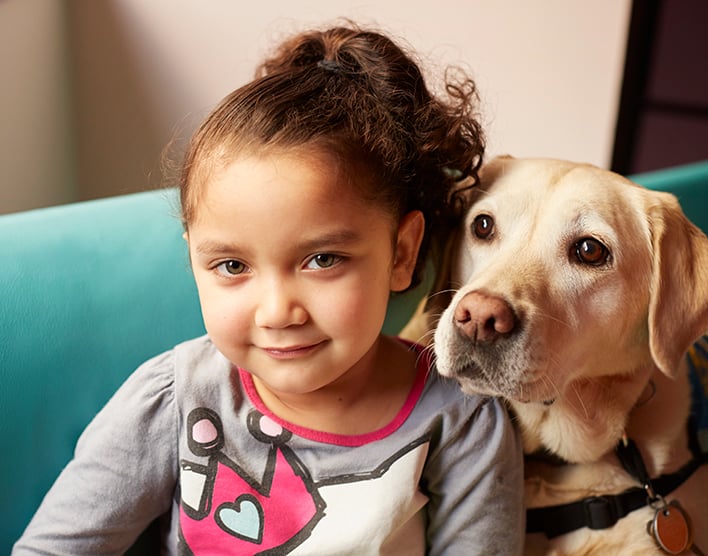Ear reshaping, also known as otoplasty, is a procedure to adjust the shape, position or size of the ears. Depending on the individual patient, the goal may be to make the ears more symmetrical and proportional to the face or to bring them closer to the sides of the head. If there's a deformity, the goal is to create a more natural appearance.
While people of all ages opt for ear reshaping, the procedure is most often performed on children between the ages of 4 and 14 (ears have grown to their full size by the time a child turns 4 years old).
Children, teens and adults may be good candidates for ear reshaping if they have:
- Larger than average ears
- Smaller than average ears
- Ears that protrude more than average
- Ears with deformities, such as "lop ear," when the upper rim folds down and forward, or "shell ear," when natural folds and the rim's curve are missing
- Large or stretched earlobes, or earlobes with large creases and wrinkles
Also, children born without external ears and those who lose them through injury may have artificial ears surgically attached.
For children who have only one ear protruding, surgeons usually recommend treating both ears to create a more balanced appearance.
Preparation
If you are considering the procedure, you and your child will meet with a facial plastic surgeon for a consultation. Please bring information on your child's medical history, including previous surgeries; present and past health concerns; and any medications, vitamins or other nutritional supplements your child currently takes or has taken. The surgeon will evaluate your child's ears and assess their relationship to other facial features to determine the best technique for meeting the cosmetic goals.
During this process, it's very important to put your child's wants and needs first. If your child doesn't wish to have surgery, don't insist. Children who feel uncomfortable with their ears' appearance and want the surgery are often more cooperative during the healing process.
If you and your child decide to proceed, and the surgeon thinks your child is a good candidate, you'll be told about the techniques and type of anesthesia that will be used, the type of facility where the surgery will be performed, and the risks and costs involved. Be sure to ask the doctor any questions you have, and to express your concerns and expectations related to the surgery.
Procedure
Ear reshaping is usually performed in an office-based surgical suite, hospital or outpatient surgery center. Most patients go home the same day, but if your child is admitted to the hospital, the stay will probably be just one or two nights. We typically recommend general anesthesia – being put into a fully sleep-like state – for the procedure, as it can take two to three hours, depending on the surgical goals and techniques.
In one common ear-reshaping technique, the surgeon begins by making an incision behind the ear, where it naturally joins the head. The cartilage is then sculpted and bent back toward the head. Nonremovable stitches may be used to help maintain the new shape. Occasionally, the surgeon will remove a larger piece of cartilage to create a more natural looking fold.
After healing, most patients will have a thin scar behind the ear. But since the scar is in the ear's natural crease, it's barely visible.
Risks
Ear reshaping is a common procedure and the associated risks rarely occur. As with any surgery, however, complications are possible. A blood clot may develop in the ear; these clots may dissolve naturally or be removed with a needle. In rare instances, the cartilage becomes infected, though this can be resolved with antibiotics or, in severe cases, surgery.
You can minimize the risks by making sure your child follows the advice and instructions of the facial plastic surgeon, both before and after surgery. Once the date for surgery is set, your child's surgeon will provide specific instructions on how to prepare.
Recovery
Recovery differs for each patient, and healing occurs in stages. Immediately after surgery, your child is taken to a recovery area to be closely monitored. Most patients are allowed to go home after a few hours, but some stay overnight for up to two days.
To promote healing and optimize molding, your child's head will be bandaged at the end of the surgery. The ears may throb or ache for a few days, but the surgeon can prescribe medication to lessen the discomfort. The initial bulky bandage will be removed within a few days and replaced with another dressing, which is similar to a headband. Be sure your child follows the surgeon's directions for wearing this, especially at night. Also, for at least a week, patients need to sleep on their back and use pillows to elevate their head, so as not to put pressure on the ears. In most cases, any temporary stitches are removed after a week.
Resuming normal activities
The surgeon will provide specific instructions and guidelines on resuming daily routines. Although your child may feel better in a day or two, we recommend that patients take it easy for a full week. Children can go back to school after a week if they're careful on the playground and during any physical activities. You may want to ask your child's teacher to be especially watchful for a few weeks. For a month or so, your child should avoid any activity in which the ear might be bent.
Follow-up
We will schedule several follow-up visits in the months after surgery to check on your child's progress. If any unusual symptom develops or you have a question or concern, please call your surgeon's office.
































